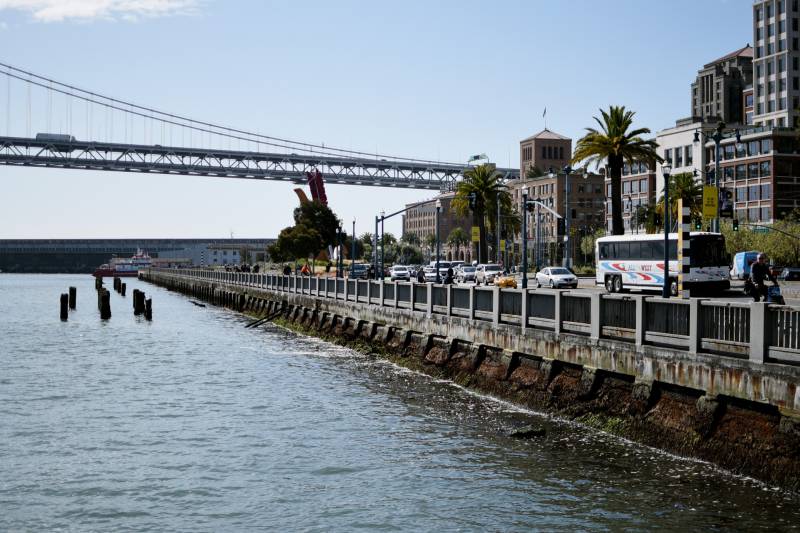“To meet our climate goals, climate resilience must be embedded into every department’s work,” officials said in a statement on Tuesday. “While there’s still work to be done, San Francisco has been a nationwide leader on climate resilience, making strides on flood management.”
The jury noted that in 2021, the mayor’s office created ClimateSF — an interdepartmental agency made up of the San Francisco Public Utilities Commission, the Port of San Francisco, the Planning Department, the San Francisco Environment Department, and the Office of Resilience and Capital Planning — to help the city adapt to flooding.
However, the jury found the agencies need more capacity for unexpected major capital projects that could address future flooding. The jury could not find a list of infrastructure projects devoted to climate change resilience or a line item in the capital budget showcasing investment, making it “difficult to determine how much the city is currently spending on climate change,” it said.
The jury also found that future stormwater will exceed the capacity of the city’s storm and wastewater infrastructure.
“Not only will our feet get wet from rising sea levels, but the city is on a hill, so we are going to get a double whammy from extreme precipitation and rising groundwater,” Carboy said.
The Public Utilities Commission released a study last July finding that the agency needs to dramatically update its stormwater infrastructure to handle future deluges. When reached for comment on Tuesday, the agency deferred to the statement from the Office of Resilience and Capital Planning.
Lastly, the jurors found that the city is paying out flood damage claims for “inadequate wastewater drainage” because flood insurance is only required for structures in particular flood hazard areas. The jury recommended that the city better communicate with homeowners and business owners about obtaining flood protection.
Eric Young, communications director for the Port of San Francisco, said the agency is reviewing the report and “looks forward to coordinating” with other city agencies in responding to the jury’s findings.
The port is also working with the U.S. Army Corps of Engineers on a plan to adapt 7 1/2 miles of the shore to defend against future sea level rise. This could include raising the Ferry Building seven feet, some managed retreat and even re-envisioning the entire Embarcadero.

